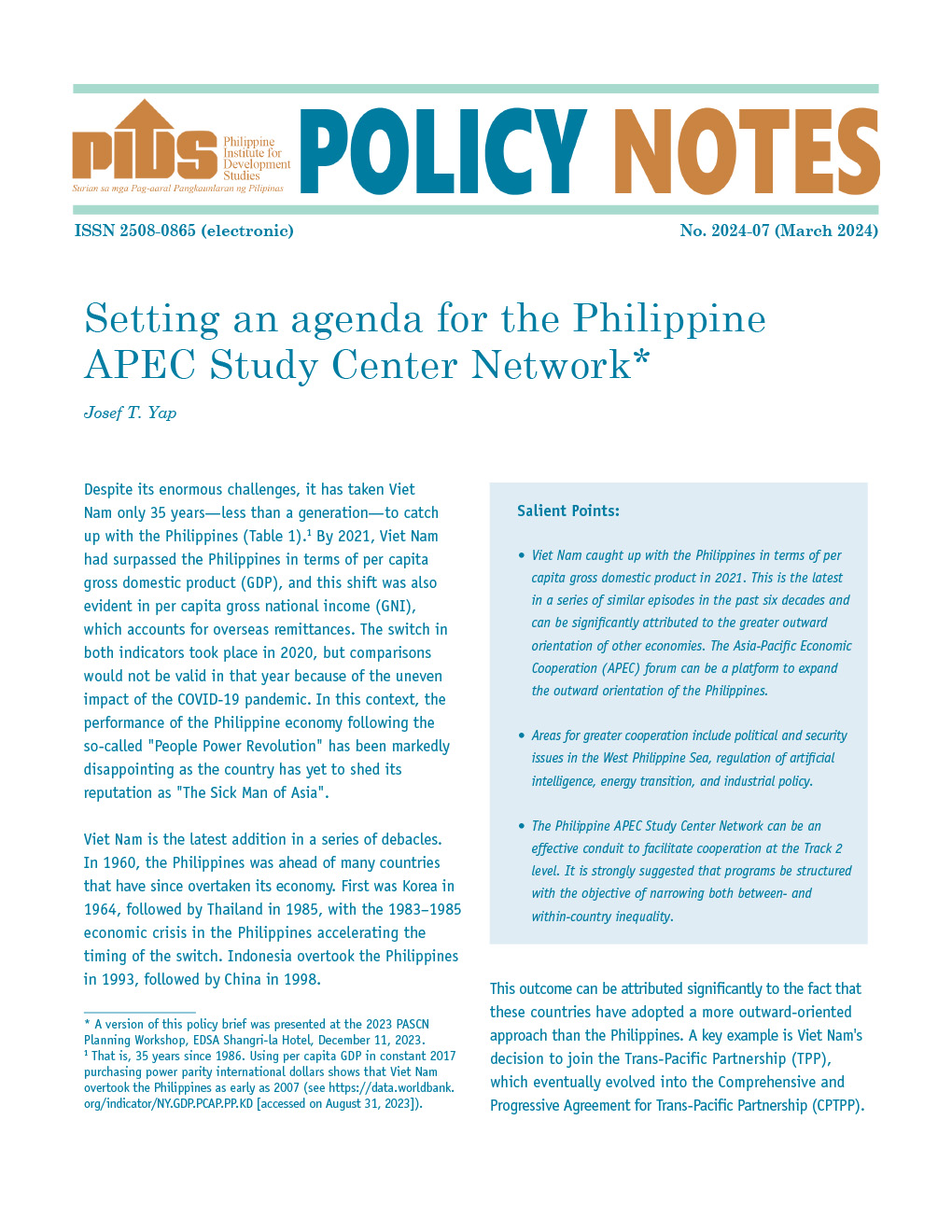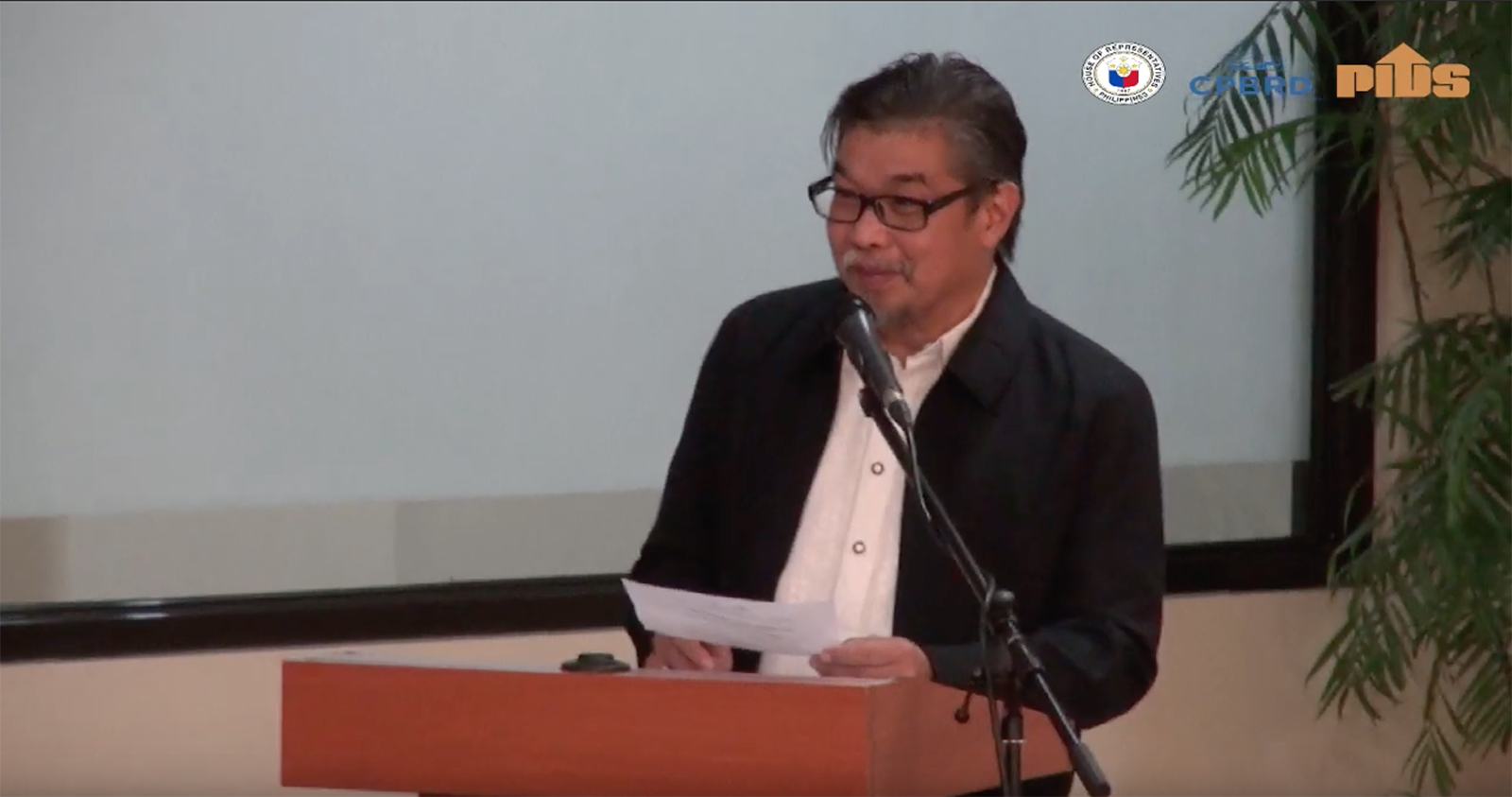Dear President Duterte,
If we convert a portion of the budget for 800,000 metric tons of rice earmarked for importation under Executive Order No. 23 into rice subsidy, we will dramatically improve our local production toward self-sufficiency. This is the key to emancipation from agricultural slavery under the WTO—more subsidies to local farmers, less imports.
Vietnam and Thailand, our major sources of rice imports, have rice subsidies for farmers that is why they have surpluses for export. Their subsidies have reduced cost of production by about 40 percent less than ours by addressing cheaper fertilizer, as in Vietnam, and by turning to semiautomation. Unlike us, Vietnam has the capability to make their own agricultural machineries. Our problem is the wrong mindset of restricting the hand that feeds us, namely the rice farmers.
It is an irony that the buying spree of foreign rice may trigger mass hunger by inducing a glut detrimental to 3 million rice farmers. If we include their families, farm workers, and downstream industries, the effect is on 42 million Filipinos, more than a third of the population.
This is not surprising, considering that 70 percent of our economy depends on agriculture. In truth, estimates of the dynamic over/under supply of rice are guess work. The government tends toward overimportation because a shortage is political disaster.
The culprit is the WTO, whose rules were imposed by developed countries to control the economy of developing countries under threat of being outside the global trade loop. The WTO logic is to untie trade restrictions which protect Third World economies. The Philippine Institute for Development Studies is the voice of the WTO. Their studies root for total WTO compliance such as removal of all rice quotas. They are a government agency funded by the World Bank, the WTO’s partner in crime.
There are also key Western-educated henchmen in government who have adopted the WTO mindset. Socioeconomic Planning Secretary Ernesto Pernia is one. He says competition from rice imports will “encourage local farmers to improve efficiency and bring down local prices.”
First, it will not “encourage” but kill farmers. Production efficiency is achievable by cheaper fertilizer and availability of farm equipment through the subsidy.
Second, “bringing down prices” will also kill the farmer in favor of the consumer. He also said competition will make rice farmers diversify into other agricultural crops, which means he wants to discourage rice production, which is the heart of our food security.
We are stuck with the oppressive WTO. We have no choice but to comply. But we can maneuver around economic slavery by instituting a rice subsidy, which all our Asean neighbors are doing. We are the only one left without a subsidy policy because our government officials fleece rather than uplift the Filipino.
BERNIE V. LOPEZ, eastwindreplyctr@gmail.com
If we convert a portion of the budget for 800,000 metric tons of rice earmarked for importation under Executive Order No. 23 into rice subsidy, we will dramatically improve our local production toward self-sufficiency. This is the key to emancipation from agricultural slavery under the WTO—more subsidies to local farmers, less imports.
Vietnam and Thailand, our major sources of rice imports, have rice subsidies for farmers that is why they have surpluses for export. Their subsidies have reduced cost of production by about 40 percent less than ours by addressing cheaper fertilizer, as in Vietnam, and by turning to semiautomation. Unlike us, Vietnam has the capability to make their own agricultural machineries. Our problem is the wrong mindset of restricting the hand that feeds us, namely the rice farmers.
It is an irony that the buying spree of foreign rice may trigger mass hunger by inducing a glut detrimental to 3 million rice farmers. If we include their families, farm workers, and downstream industries, the effect is on 42 million Filipinos, more than a third of the population.
This is not surprising, considering that 70 percent of our economy depends on agriculture. In truth, estimates of the dynamic over/under supply of rice are guess work. The government tends toward overimportation because a shortage is political disaster.
The culprit is the WTO, whose rules were imposed by developed countries to control the economy of developing countries under threat of being outside the global trade loop. The WTO logic is to untie trade restrictions which protect Third World economies. The Philippine Institute for Development Studies is the voice of the WTO. Their studies root for total WTO compliance such as removal of all rice quotas. They are a government agency funded by the World Bank, the WTO’s partner in crime.
There are also key Western-educated henchmen in government who have adopted the WTO mindset. Socioeconomic Planning Secretary Ernesto Pernia is one. He says competition from rice imports will “encourage local farmers to improve efficiency and bring down local prices.”
First, it will not “encourage” but kill farmers. Production efficiency is achievable by cheaper fertilizer and availability of farm equipment through the subsidy.
Second, “bringing down prices” will also kill the farmer in favor of the consumer. He also said competition will make rice farmers diversify into other agricultural crops, which means he wants to discourage rice production, which is the heart of our food security.
We are stuck with the oppressive WTO. We have no choice but to comply. But we can maneuver around economic slavery by instituting a rice subsidy, which all our Asean neighbors are doing. We are the only one left without a subsidy policy because our government officials fleece rather than uplift the Filipino.
BERNIE V. LOPEZ, eastwindreplyctr@gmail.com










